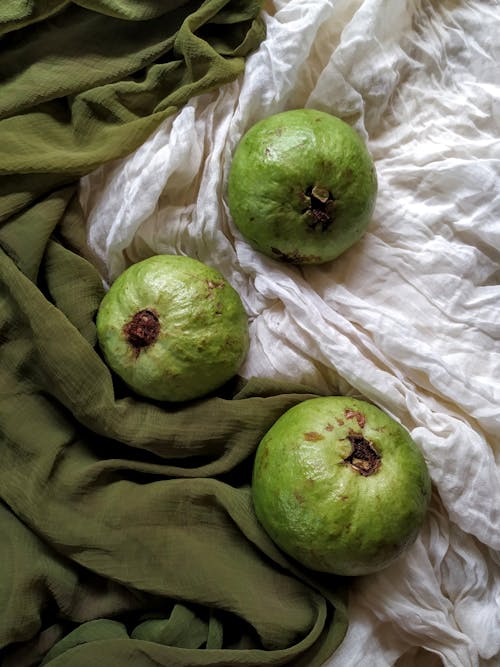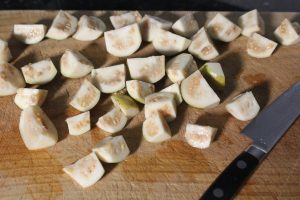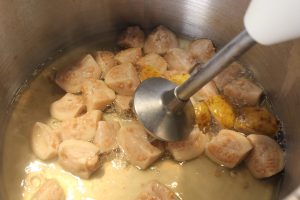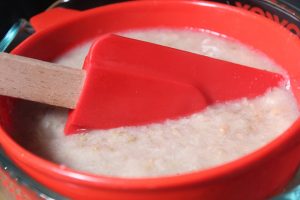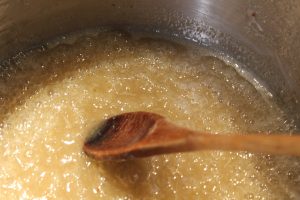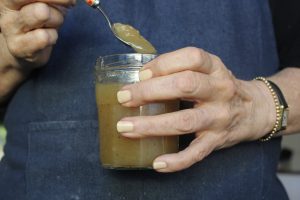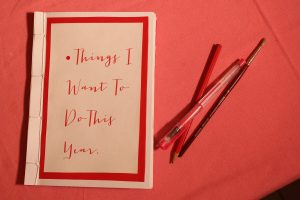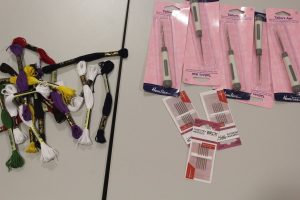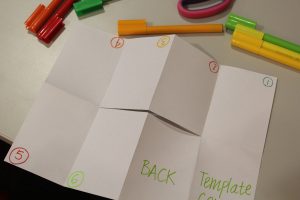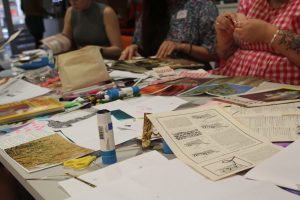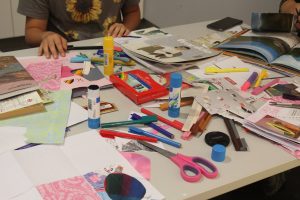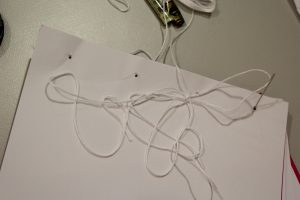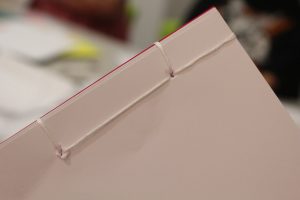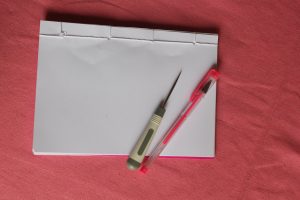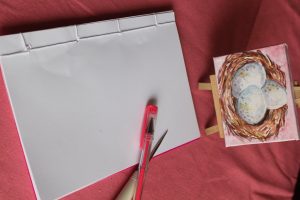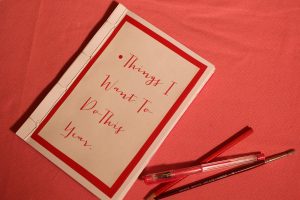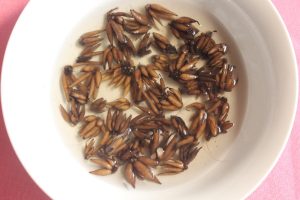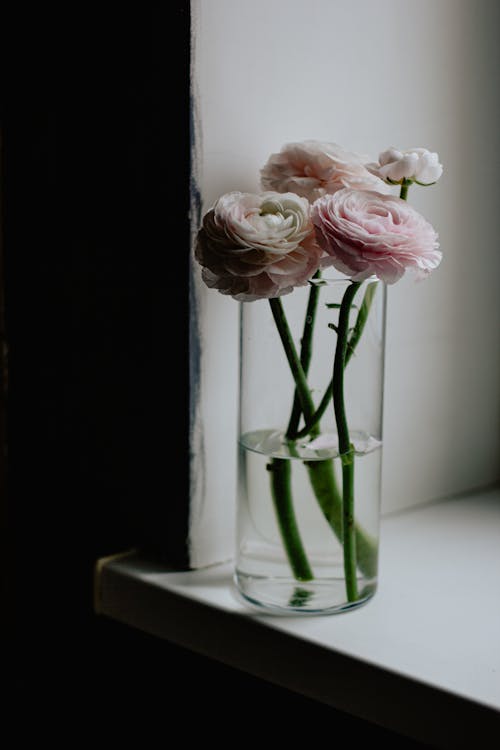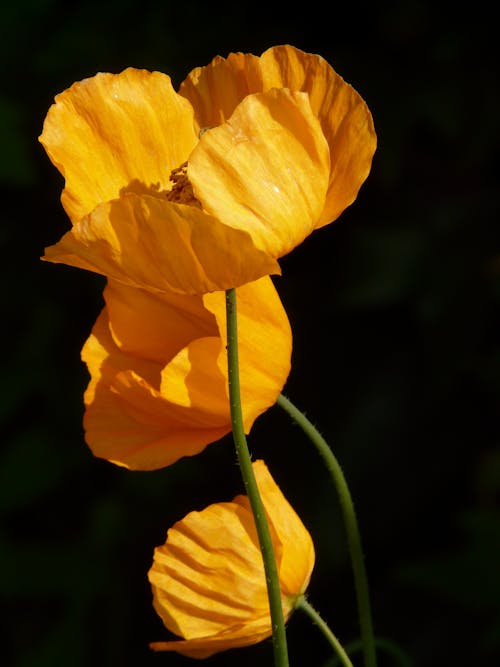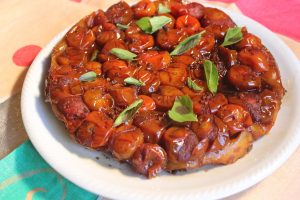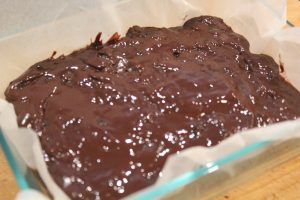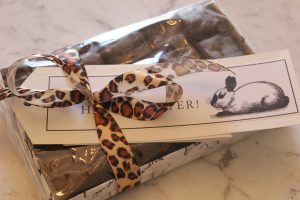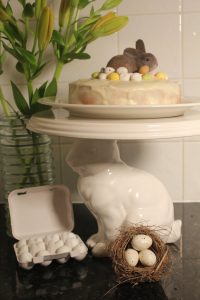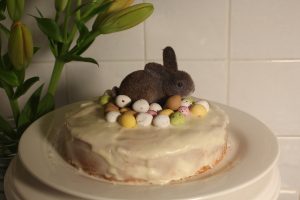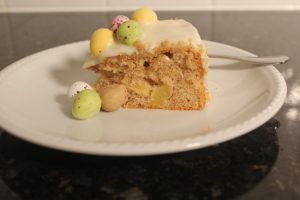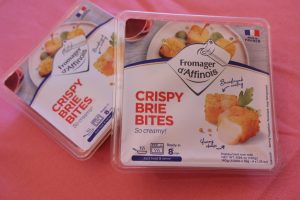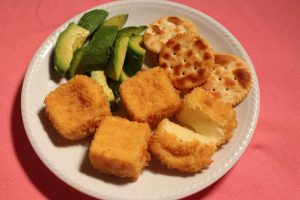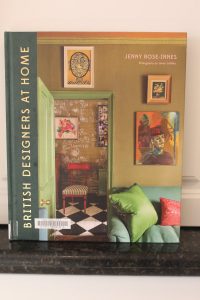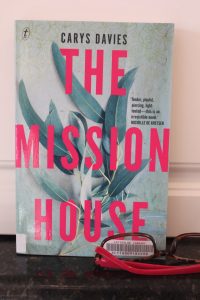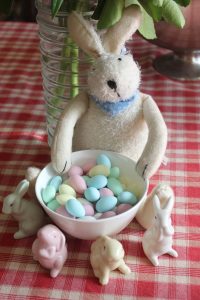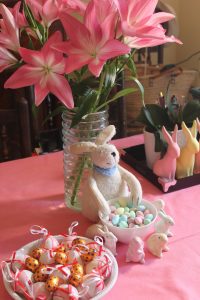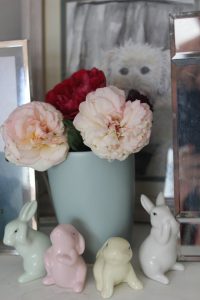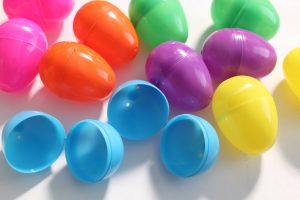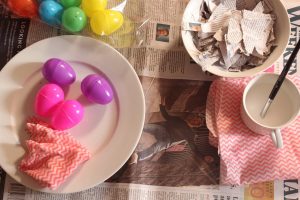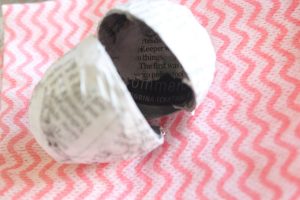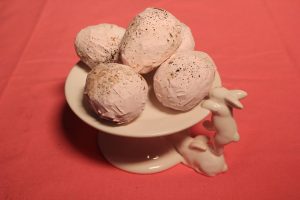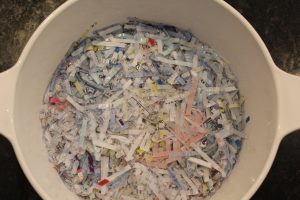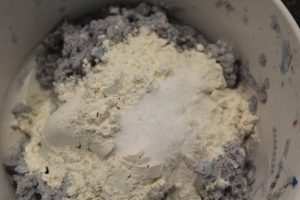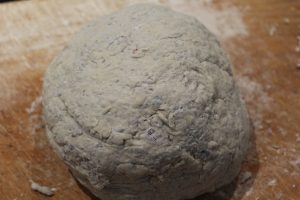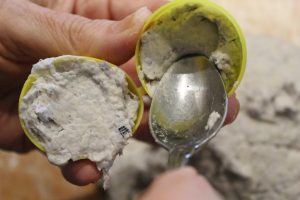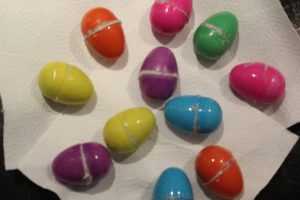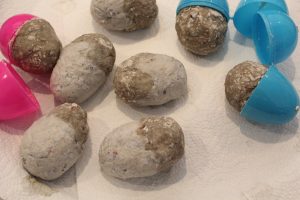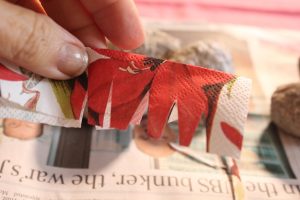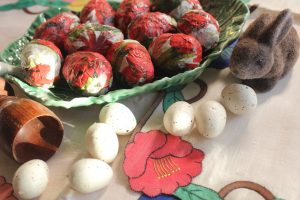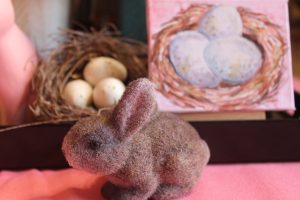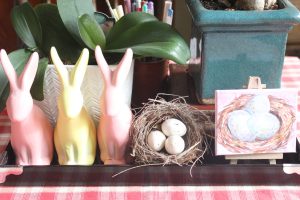enjoying asparagus
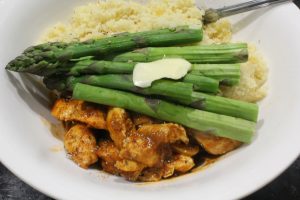

Do you really like asparagus but find steaming it a bit of a faff? I cook it in the microwave! It stays slightly crisp and very tasty. We really like it prepared this way. I like serving it simply, too, with a little butter, some black pepper and maybe a squeeze of lemon. Easy instructions on how to microwave asparagus https://www.makecookgrow.com/2021/11/fast-delicious-dinner-reading-and-when-do-you-decorate-the-christmas-tree/microwaving
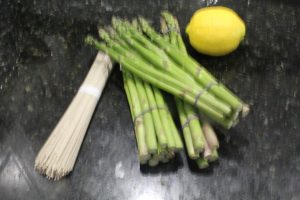

Most commercially grown asparagus in Australia is grown in Victoria. It is marketed nationally and internationally. Apparently 31% of Australians regularly consume asparagus. I served the microwaved asparagus with chicken rogan josh and couscous. Bit different, but I didn’t really feel like rice!
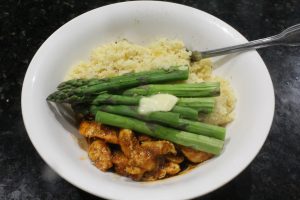

restoring garden toolS
Spring means lots of tidying up in the garden. I soon discovered both pairs of hedge clippers were really blunt as were a pair of secateurs. Not my really good, really expensive rotating handle secateurs, but the every day ones I keep handy for, well, every day jobs. Really blunt. I’d seen an item on Gardening Australia, a television program, about restoring old but solid tools.
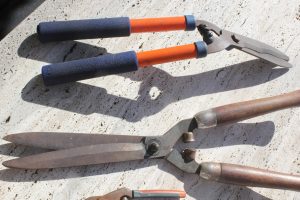

First step was to wash them clean to the assess the rust. There was so much! And other bits I didn’t recognize. So, as recommended I put everything in a bucket of vinegar. It took eight litres to cover the blades and other metal pieces of the three tools I decided to restore. Also the laundry smelt strongly of vinegar. Left them, as advised on the program, for seven days.
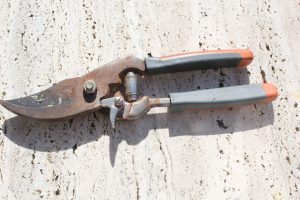

As the acetic acid reacted with the rust it left clean metal behind. The smell of vinegar was quite weak by day five, which was just as well, as it made me think of fish and chips. A bit of scrubbing and rinsing, then I left the pieces to dry. I couldn’t remove the evidence of knocks and other marks on the clipper handles or the handles on the old secateurs.
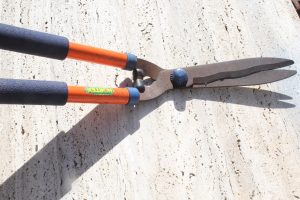

Next I needed to sharpen the blades on the clippers and secateurs. Our son had left me his whett stone after he’d sharpened our kitchen knives. A whetting stone is a fine grained stone used to sharpen the blades of cutting tools, such as knives, scissors and garden tools.The friction used by grinding against the stone hones the cutting edge.
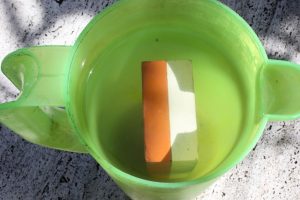

To prepare a whetstone it needs to be saturated in water, in this case a tall jug. I left the stone in the water for a few days. The stone is orange and white as one side is coarser than the other. I set it on a towel on the work surface. I began with the coarse side facing up to get the angle just right, then refined the edge using the white side. The tools I was sharpening already had beveled edges. I wish you could see how clean they are but the photo doesn’t do them justice!
Using the sharpened, cleaned tools is such a pleasure. The handles on the older clippers are wood and I found evidence of them once being painted red. That’s a step too far for me! So I oiled the moving parts with Singer Sewing Machine Oil, tested each on an over grown rosemary bush and feel pretty pleased with how sharp the tools are and how smoothly they move.
I really enjoy the using these tools, now. What really made the difference was oiling the moving parts and sharpening the blades.
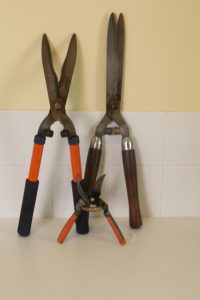

By the way, I used some of the murky, remaining vinegar from soaking the tools on weeds growing in pathways. The vinegar near the bottom of the bucket was beyond recycling. As the vinegar smell had almost disappeared I’ll have to wait a few days to see if there was any remaining weed killing strength in it. If it doesn’t work I’ll be back to boiling kettles of hot water to pour on the weeds.
what is a counselor of state?


This week King Charles III announced five new Counselors of State, including younger members of the Royal Family. What is their role? Apparently, a Counselor of State can be asked to step in and assist with some of the roles expected of the King if he is overseas or otherwise unavailable. They cannot perform all the official roles expected of the sovereign but can sign invoices and attend meetings of the Privy Council. The five newly appointed Counselors of State are The Queen Consort, Prince Harry, Prince Andrew and Princess Beatrice.
DID YOU KNOW
Sheep outnumbered people 2.5 to 1 in 2020. There used to be an expression that Australia rode on the sheep’s back!

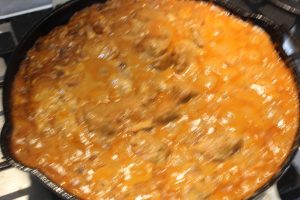
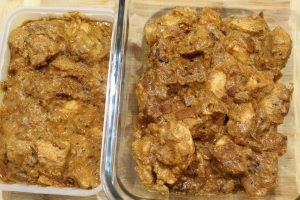
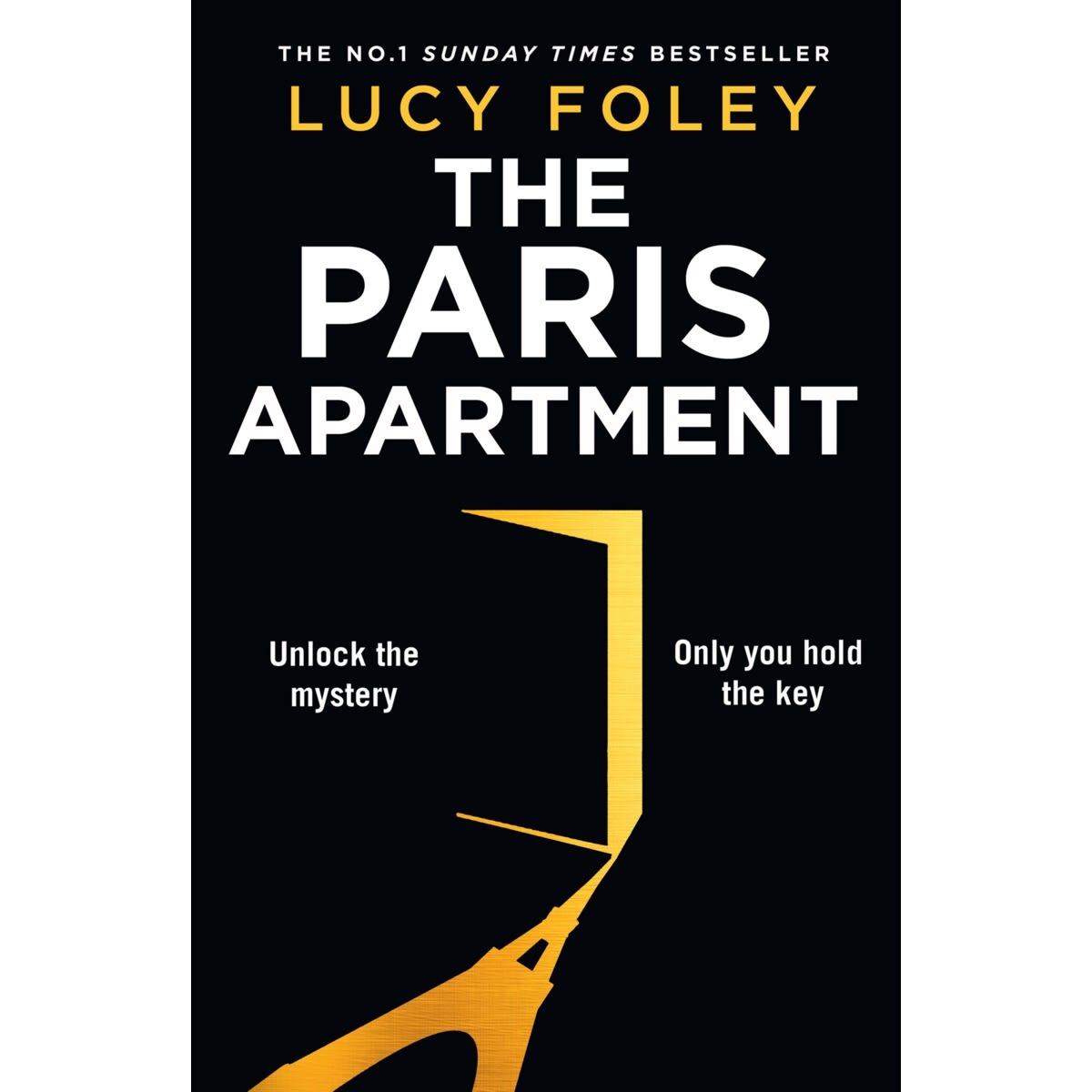
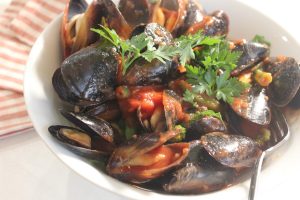
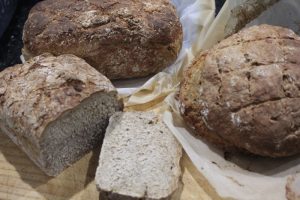
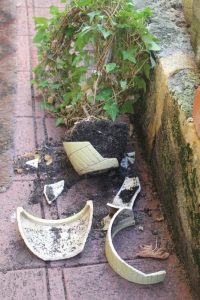
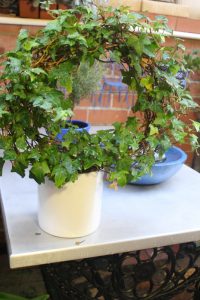
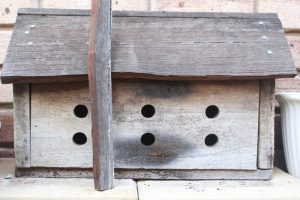
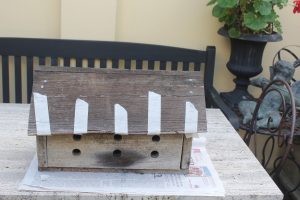
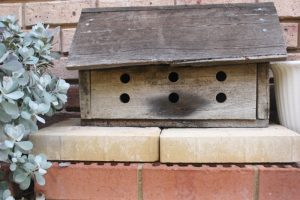
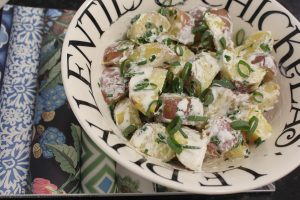
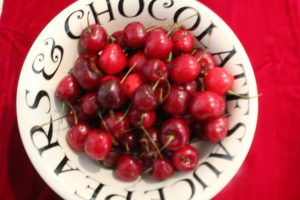
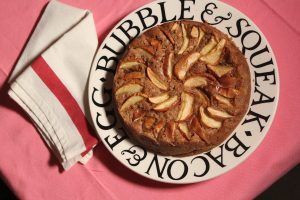
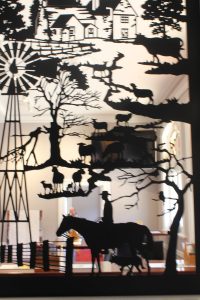
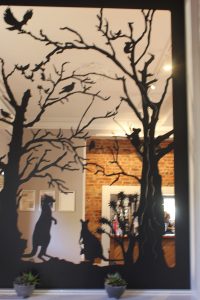
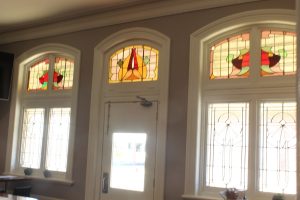

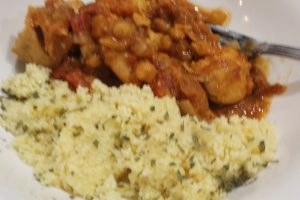
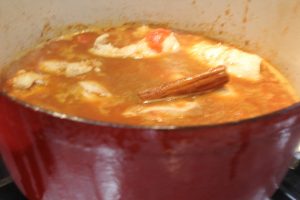
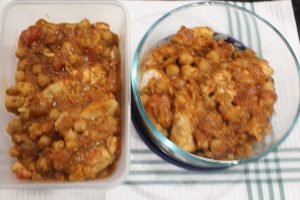
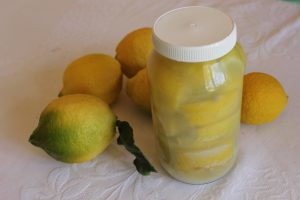
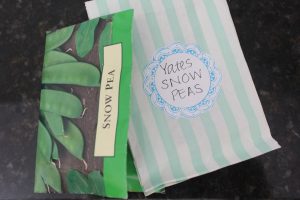
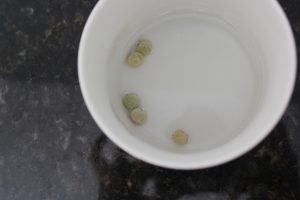
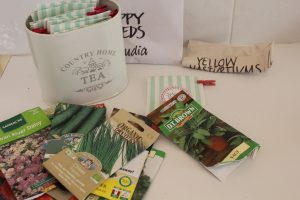




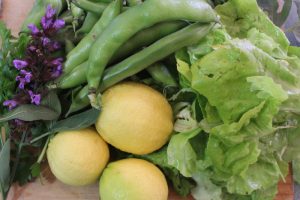
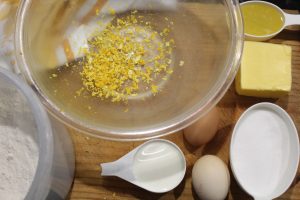
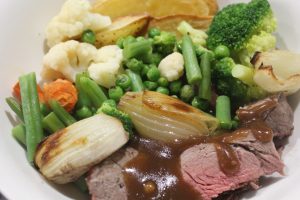
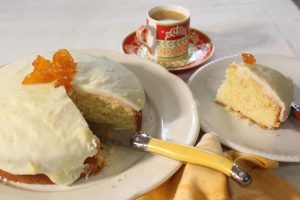
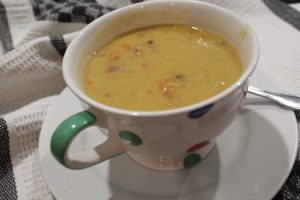
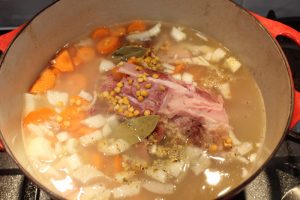
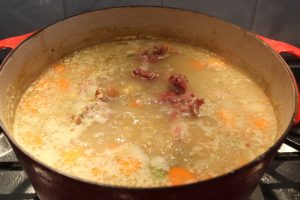
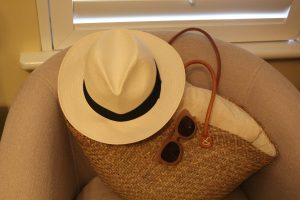
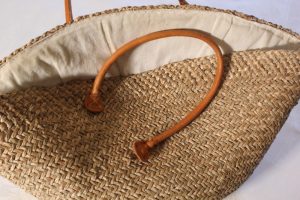
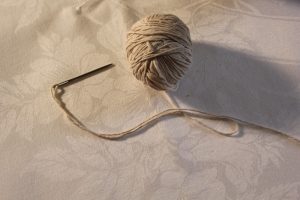
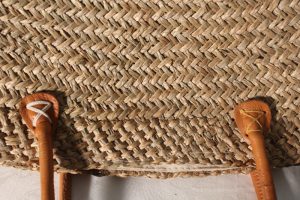
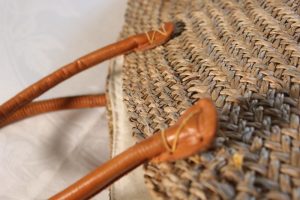
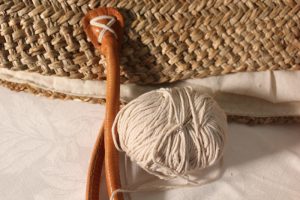
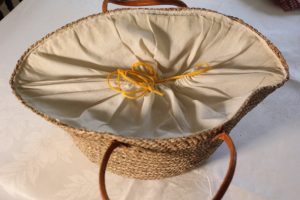
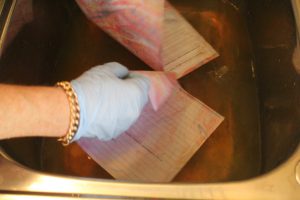
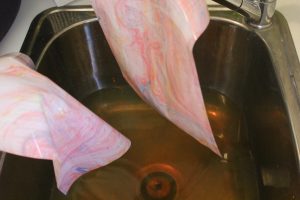
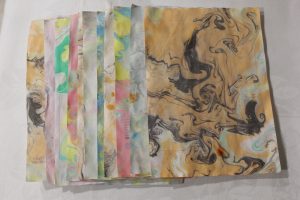
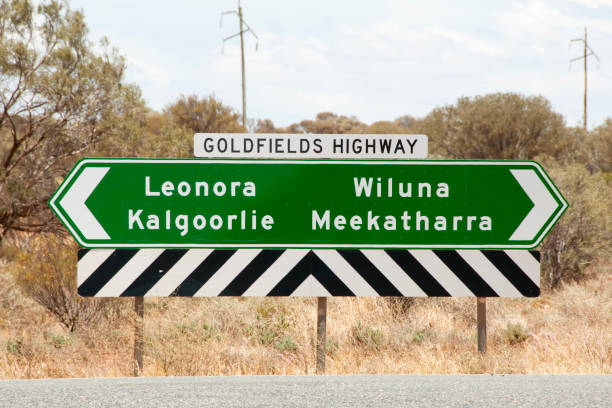 Pixabay
Pixabay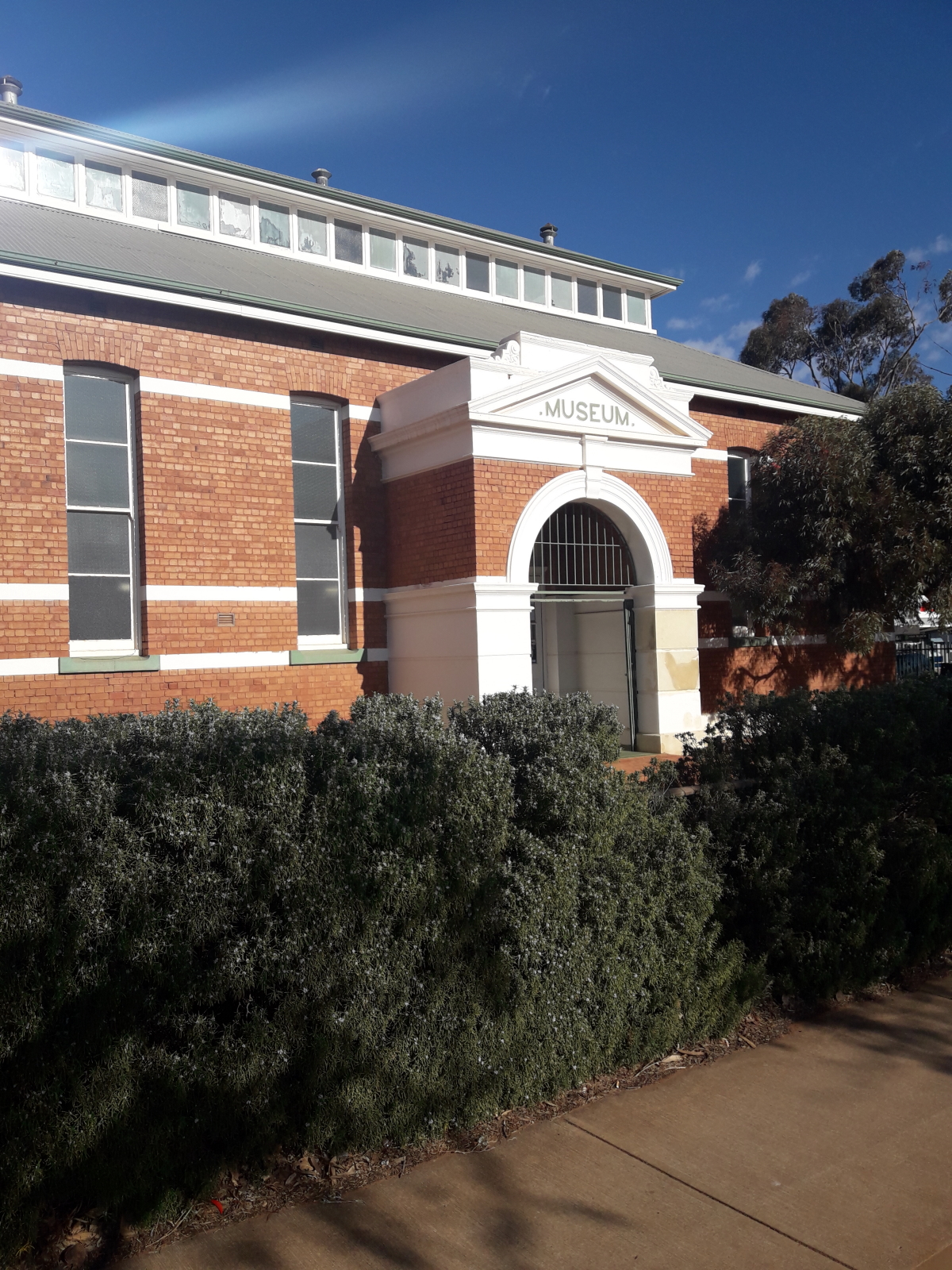
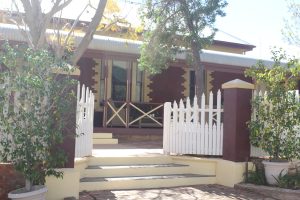
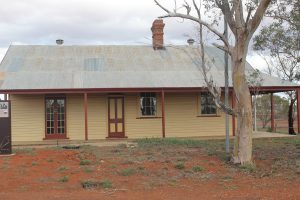


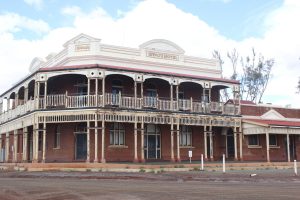
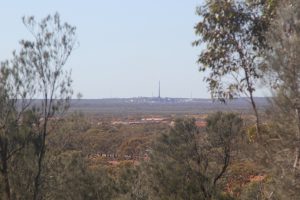
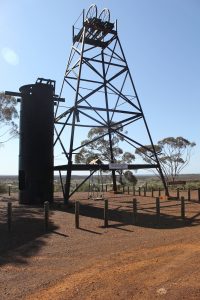
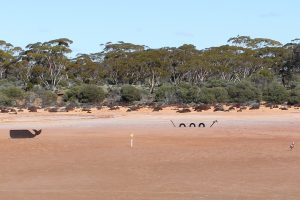
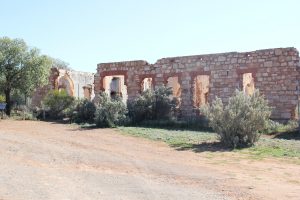
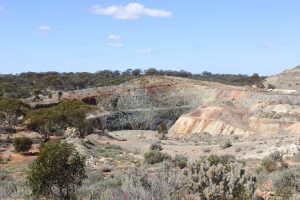

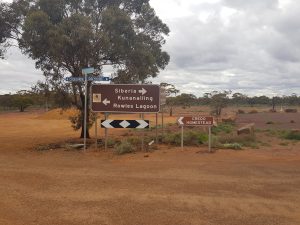
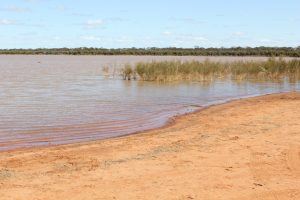
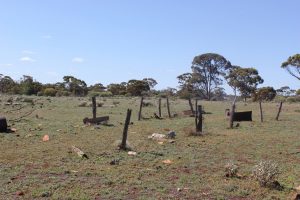
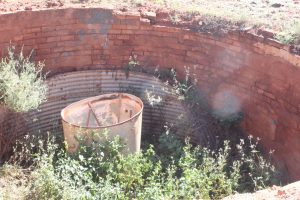
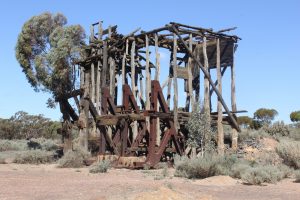
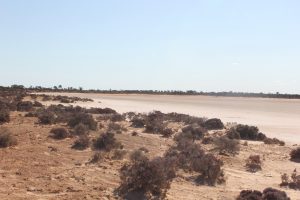
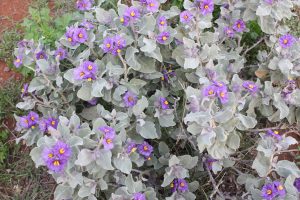
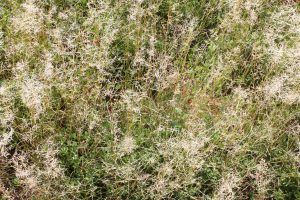
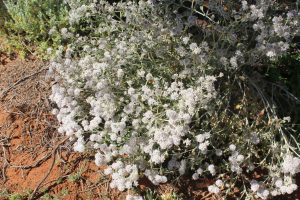
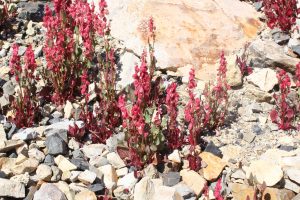
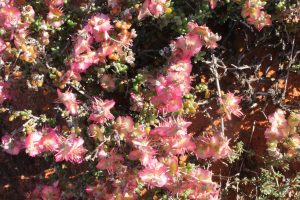
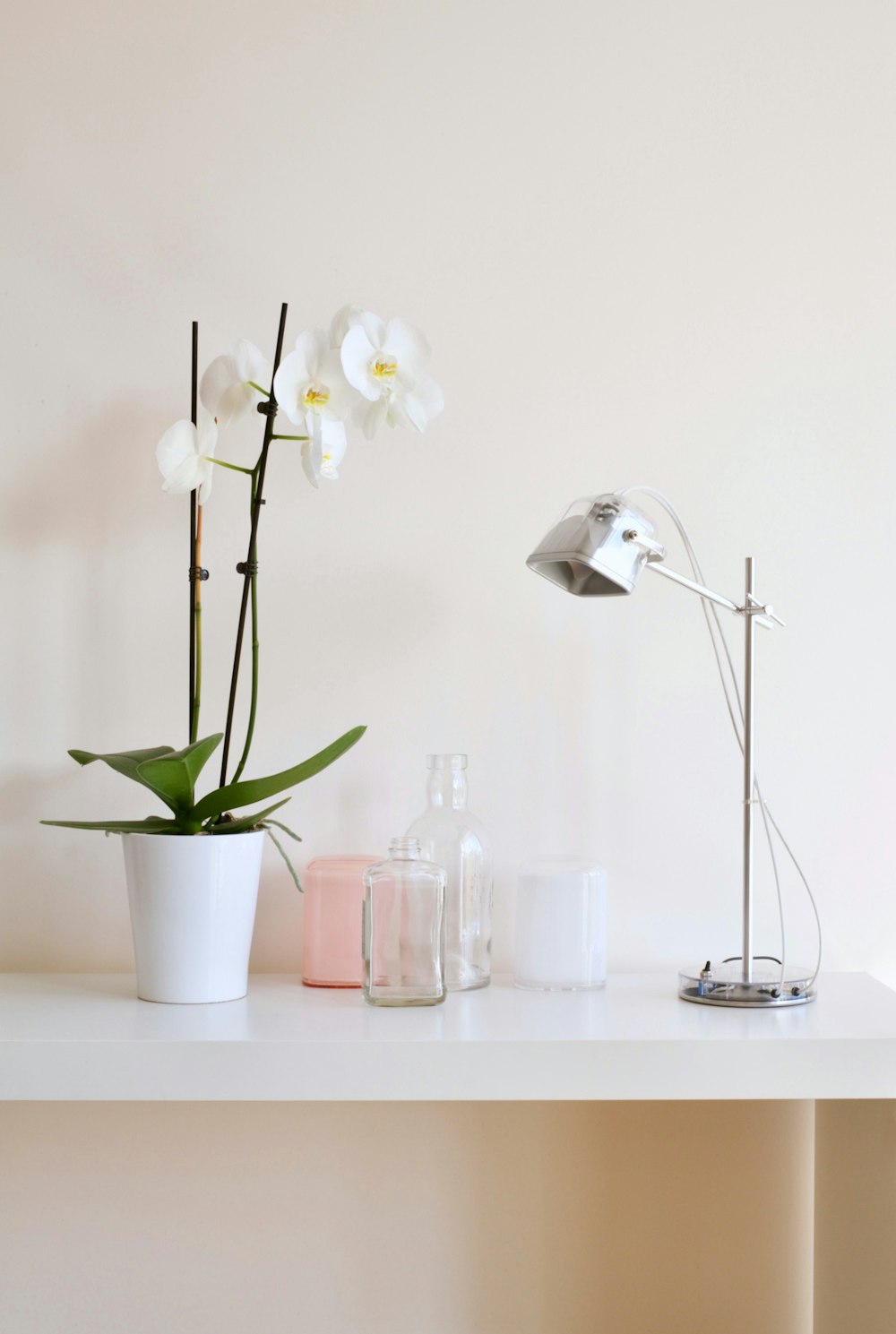 Unsplash
Unsplash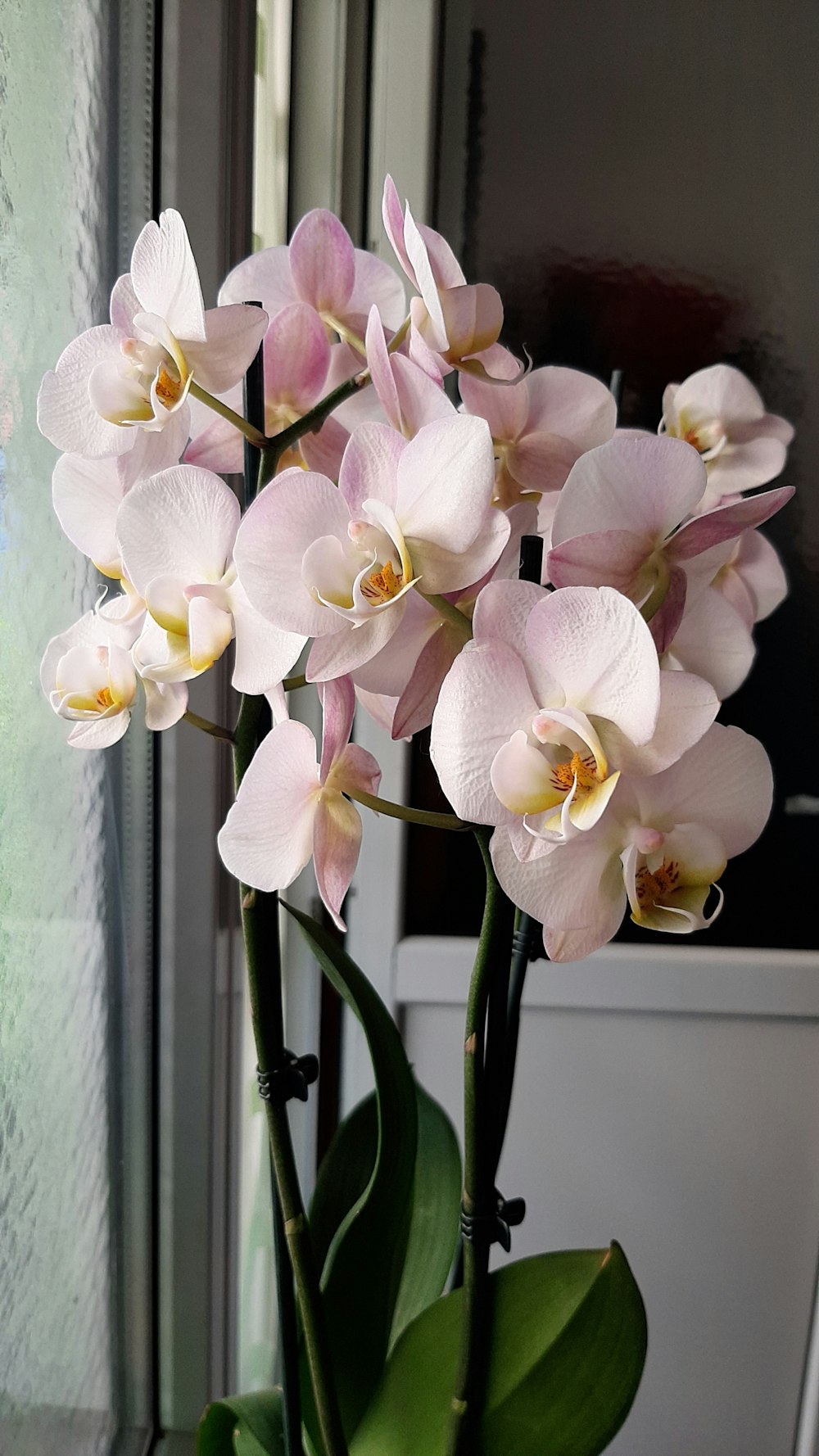 Unstock
Unstock

